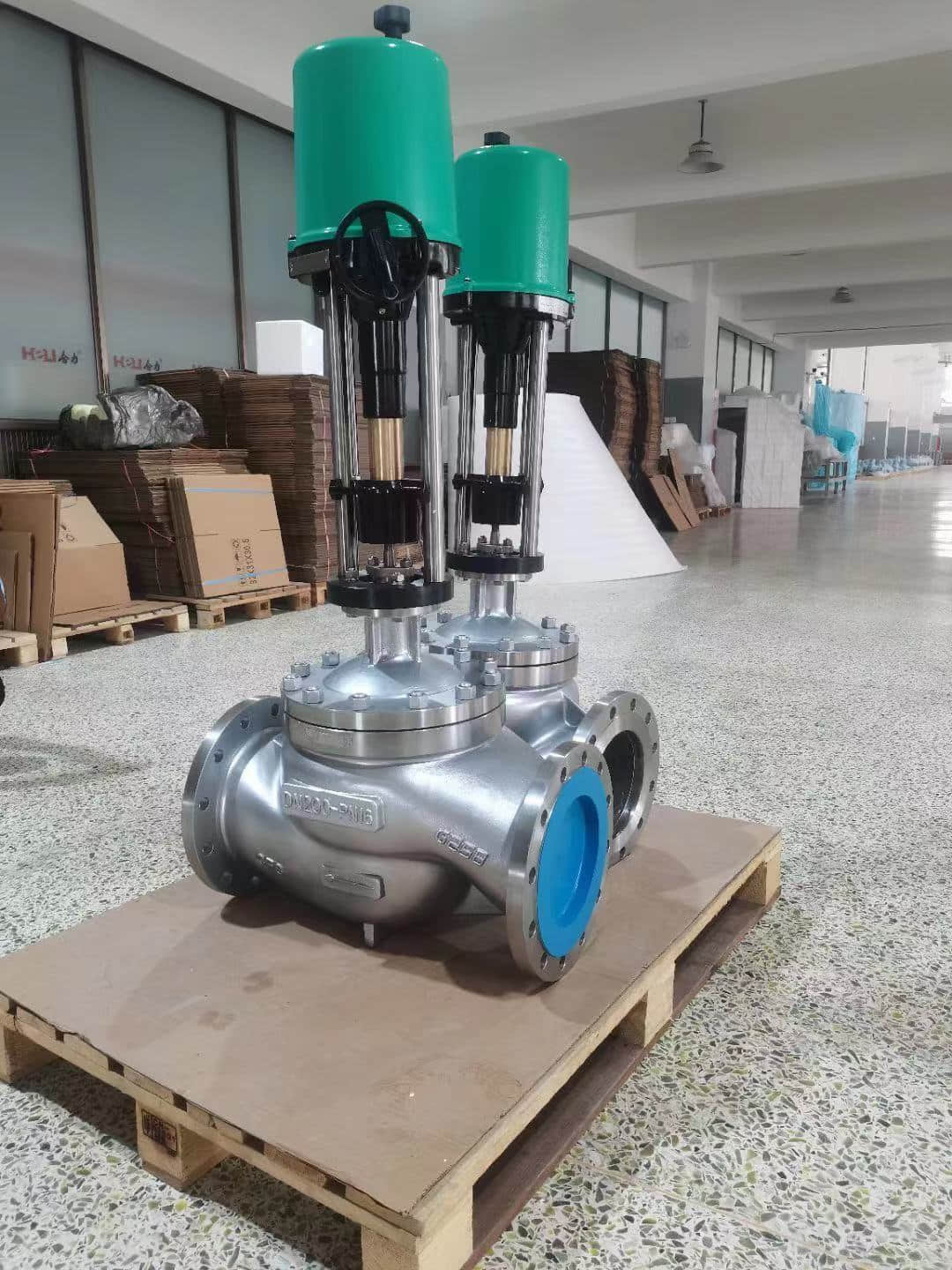understanding electric single seat regulating valves: functionality and applications
Release time:2024-12-11 20:50:15
Electric single seat regulating valves are essential components in modern industrial systems, particularly in process control applications. These valves play a critical role in managing fluid flow, ensuring that processes operate efficiently and safely. This article delves into the functionality, advantages, and applications of electric single seat regulating valves, highlighting their importance in various industries.

What is an Electric Single Seat Regulating Valve? An electric single seat regulating valve is a type of control valve that features a single seat design, allowing for precise regulation of fluid flow through a pipeline. This valve type is actuated by an electric motor, which moves the valve plug to adjust the flow rate based on the control signal received. The single seat design typically involves a simple construction with one sealing surface, making it more compact and suitable for applications where space is limited.
The key components of an electric single seat regulating valve include the valve body, valve seat, valve plug, actuator (electric motor), and positioner. The actuator translates electrical signals into mechanical movement, allowing for accurate control over the valve's opening and closing. Positioners enhance the valve's performance by ensuring that the valve responds correctly to changes in control signals.

